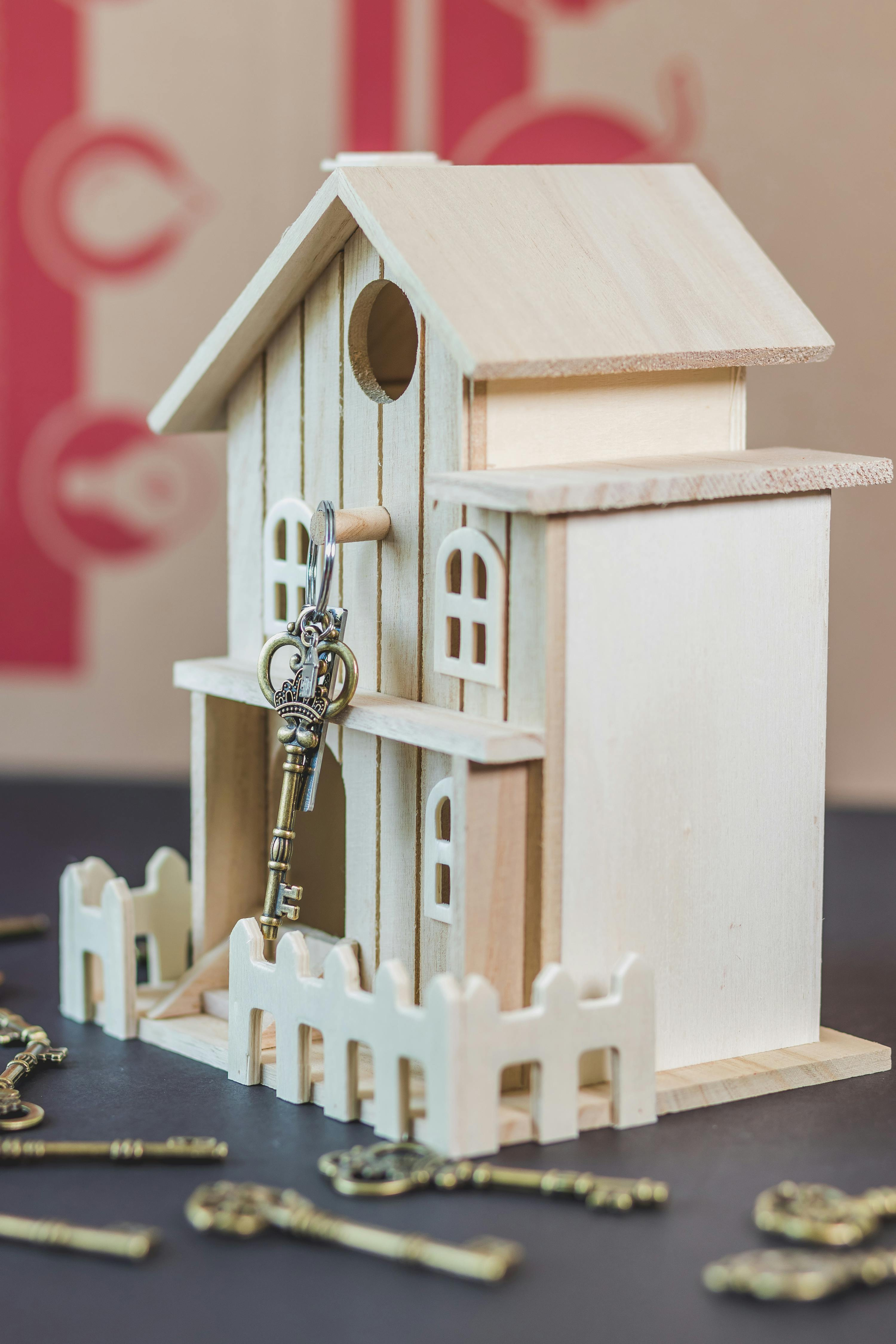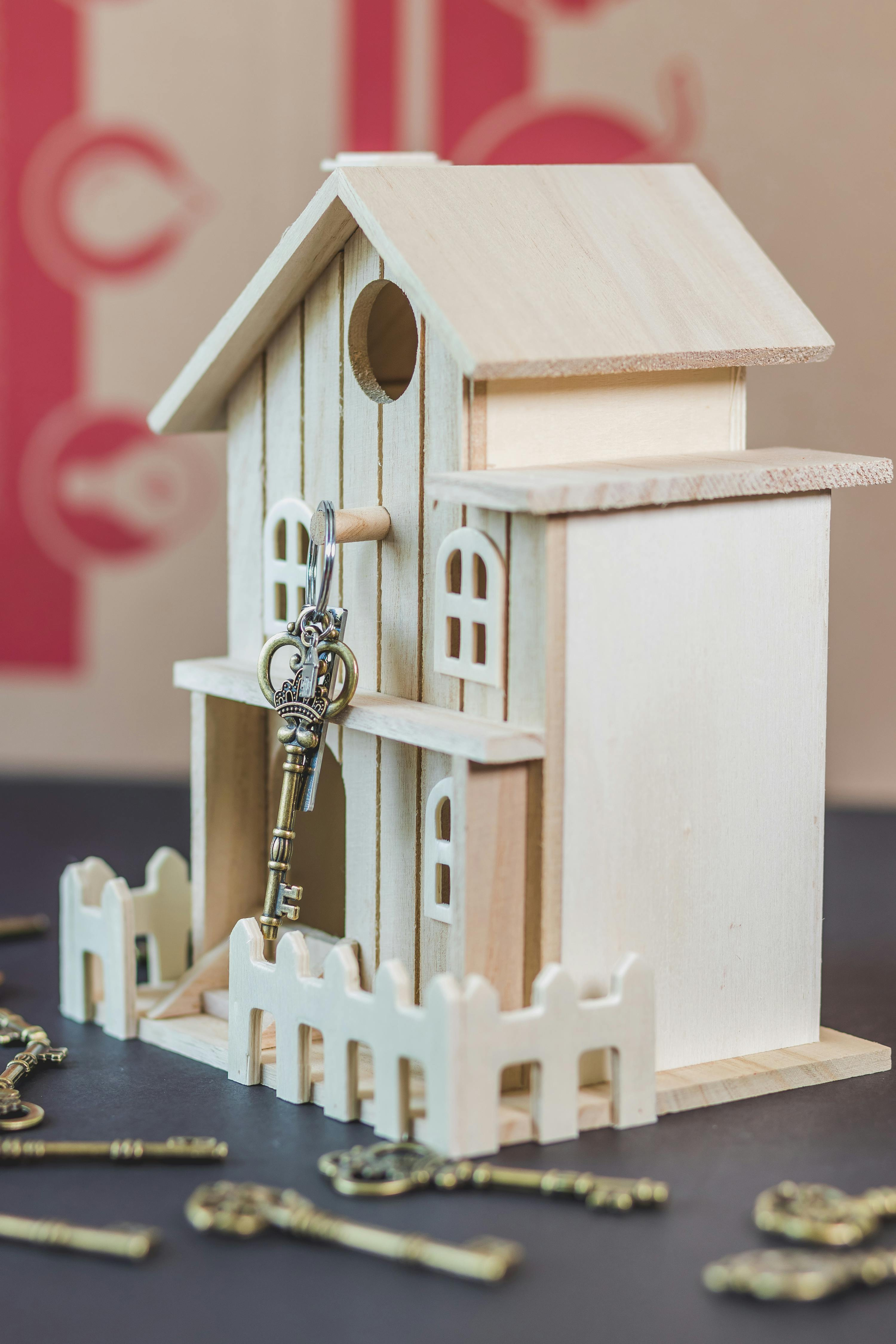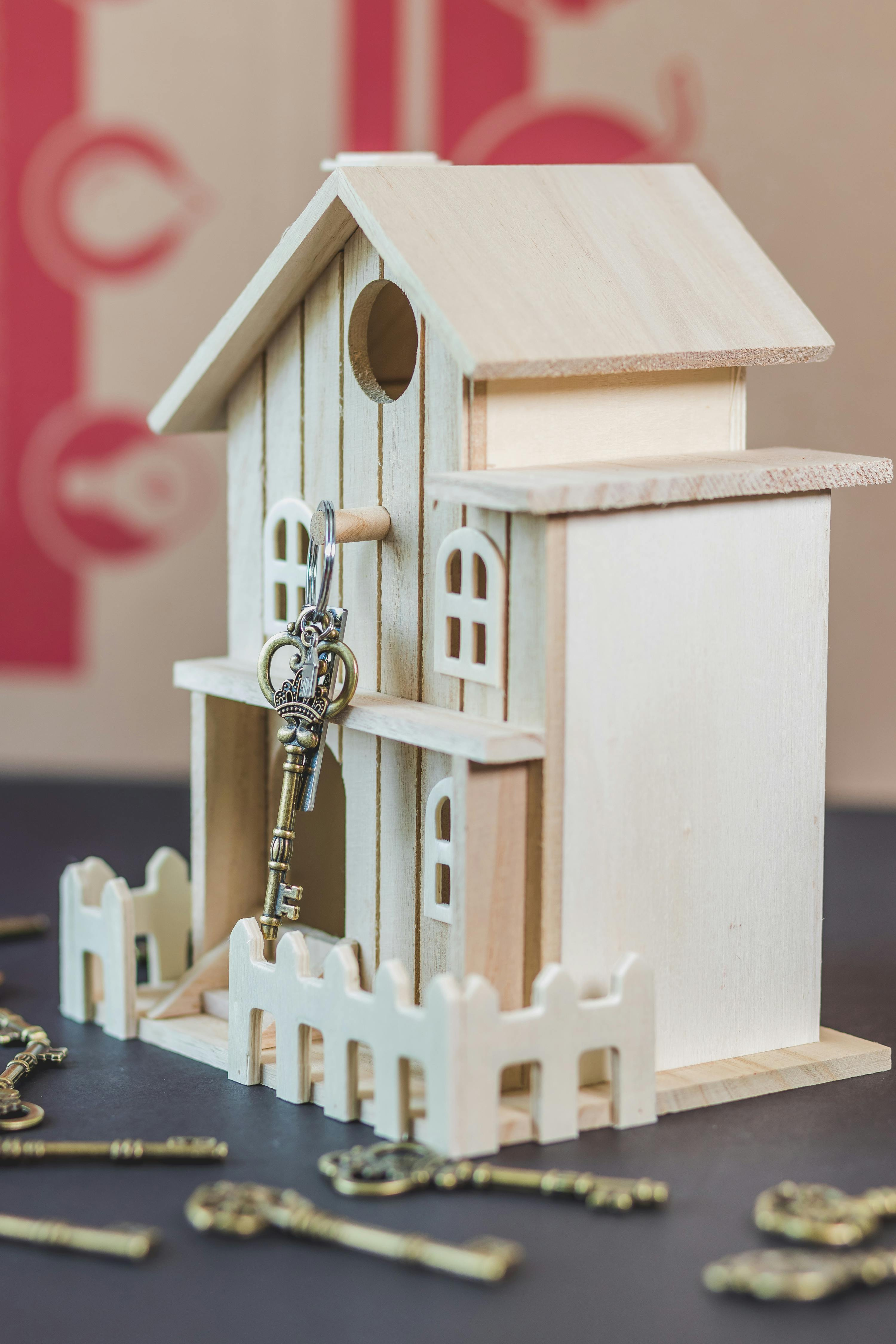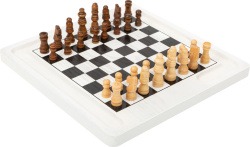
Yellow duck nightlight
There are many breeds of ducks: domestic duck, mallard, Bahamian duck, Mandarin duck, musk duck, pointed duck, spectacled duck, crested duck, humpbacked duck, etc.
And the number of expressions based on duck are also plethoric:
As easy as duck soup: to express that something is extremely easy to do.To be like water off a duck’s back: criticism said against a person has little or no effect on them. All duck or no dinner: all or nothing. A situation that results in either a complete success or a complete failure.Fine,lovely weather for ducks: used to describe wet or rainy weather.To take to something like a duck to water: to do something very easily. To do something naturally with very little effort.To be a lucky duck: an extremely lucky person.To duck and dive: to cleverly avoid addressing a problem or situation.
In short, the word duck is often used in many expressions and moreover, the ducks are very much appreciated by the children. It is therefore a very nice birthday present for a child or as a useful fun gift, but this duck will also please mums and dads who always have the soul of a child...











































